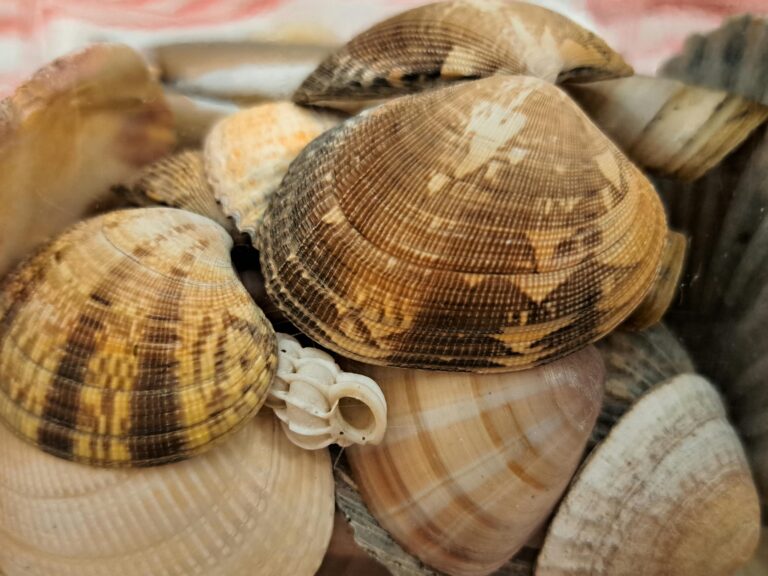Bird’s Eye Chilli, scientifically known as Capsicum annuum, is a small but mighty pepper that adds a fiery kick to dishes around the world. This diminutive chili, also referred to as Thai chili or Thai pepper, is not only prized for its intense heat but also for its distinct flavor profile.
History and Origin
Native to Southeast Asia, particularly Thailand, Bird’s Eye Chilli has a rich history dating back centuries. It was believed to have been introduced to other regions by traders and explorers, eventually finding its way into various cuisines globally.
Physical Description
Bird’s Eye Chilli is characterized by its small size, typically ranging from 0.5 to 1 inch in length. The peppers grow pointing upwards from the plant, resembling bird’s eyes, hence the name. They come in vibrant shades of red, green, and yellow, adding visual appeal to culinary creations.
Culinary Uses
Spice Level
One of the defining features of Bird’s Eye Chilli is its intense heat, measuring around 50,000 to 100,000 Scoville Heat Units (SHU). Despite its small size, a little goes a long way in terms of spiciness, making it a favorite among spice enthusiasts.
Flavor Profile
Beyond its heat, Bird’s Eye Chilli boasts a complex flavor profile with fruity and slightly floral notes. When used in dishes, it adds depth and dimension, enhancing the overall taste experience.
Health Benefits
Capsaicin Content
The fiery heat of Bird’s Eye Chilli comes from capsaicin, a compound known for its potential health benefits. Capsaicin has been linked to pain relief, metabolism boosting, and even appetite suppression.
Antioxidant Properties
Additionally, Bird’s Eye Chilli is rich in antioxidants, which help combat oxidative stress in the body, potentially reducing the risk of chronic diseases.
Growing Bird’s Eye Chilli
Climate and Soil Requirements
Bird’s Eye Chilli thrives in warm, tropical climates with well-drained soil. It requires ample sunlight and regular watering to flourish.
Planting and Care
When planting Bird’s Eye Chilli, ensure adequate spacing between plants and provide support for the growing peppers. Regular pruning and fertilization can promote healthy growth and maximize yield.
Culinary Tips and Recipes
Thai Cuisine
In Thai cuisine, Bird’s Eye Chilli is a staple ingredient, adding heat to dishes like Thai curries, stir-fries, and salads. Its vibrant color and intense flavor make it a must-have in dishes like Tom Yum soup and Pad Thai.
African Dishes
Bird’s Eye Chilli also features prominently in African cuisines, where it is used in sauces, stews, and marinades to add depth of flavor and heat. Popular dishes include Peri-Peri chicken and Bunny Chow.
Bird’s Eye Chilli in Culture and Traditions
Throughout history, Bird’s Eye Chilli has been revered for its culinary and medicinal properties. It holds significance in various cultural rituals and traditions, symbolizing vitality and strength.
Varieties of Bird’s Eye Chilli
While the classic red variety is the most common, Bird’s Eye Chilli comes in different colors and levels of heat, offering versatility in culinary applications.
Bird’s Eye Chilli in Medicine
In traditional medicine, Bird’s Eye Chilli has been used to alleviate pain, aid digestion, and boost immunity. However, its potent heat requires careful moderation to avoid adverse effects.
Bird’s Eye Chilli in the Market
With the growing popularity of spicy foods, Bird’s Eye Chilli and products derived from it, such as hot sauces and chili flakes, are increasingly available in supermarkets and specialty stores worldwide.
Bird’s Eye Chilli: Hot or Not?
While Bird’s Eye Chilli may be too intense for some palates, its fiery heat and bold flavor make it a beloved ingredient for those who enjoy spicy cuisine. Whether you crave a subtle kick or a full-blown inferno, Bird’s Eye Chilli delivers.
Precautions and Handling
When handling Bird’s Eye Chilli, it’s essential to wear gloves and avoid contact with sensitive areas like the eyes and mouth. Wash hands thoroughly after handling to prevent accidental irritation.
Conclusion
Bird’s Eye Chilli is more than just a spice; it’s a culinary powerhouse cherished for its heat, flavor, and cultural significance. Whether used sparingly or liberally, it adds excitement to dishes and leaves a lasting impression on taste buds.
FAQs
- Is Bird’s Eye Chilli the hottest pepper in the world? While Bird’s Eye Chilli is undeniably spicy, it is not the hottest pepper. Varieties like Carolina Reaper and Trinidad Moruga Scorpion surpass it in terms of heat.
- Can Bird’s Eye Chilli be dried and preserved? Yes, Bird’s Eye Chilli can be dried and preserved to prolong its shelf life. Dried chilies can be ground into powder or rehydrated for use in cooking.
- What are some alternative uses for Bird’s Eye Chilli? Apart from culinary uses, Bird’s Eye Chilli can be infused into oils, incorporated into marinades, or even used as a natural insect repellent.
- Is Bird’s Eye Chilli suitable for everyone? While many enjoy the heat of Bird’s Eye Chilli, it may not be suitable for individuals with sensitive stomachs or certain medical conditions. It’s best to consume it in moderation.
- Where can I purchase Bird’s Eye Chilli seeds for growing my own? Bird’s Eye Chilli seeds are available online or at gardening stores specializing in exotic plants and herbs.





















